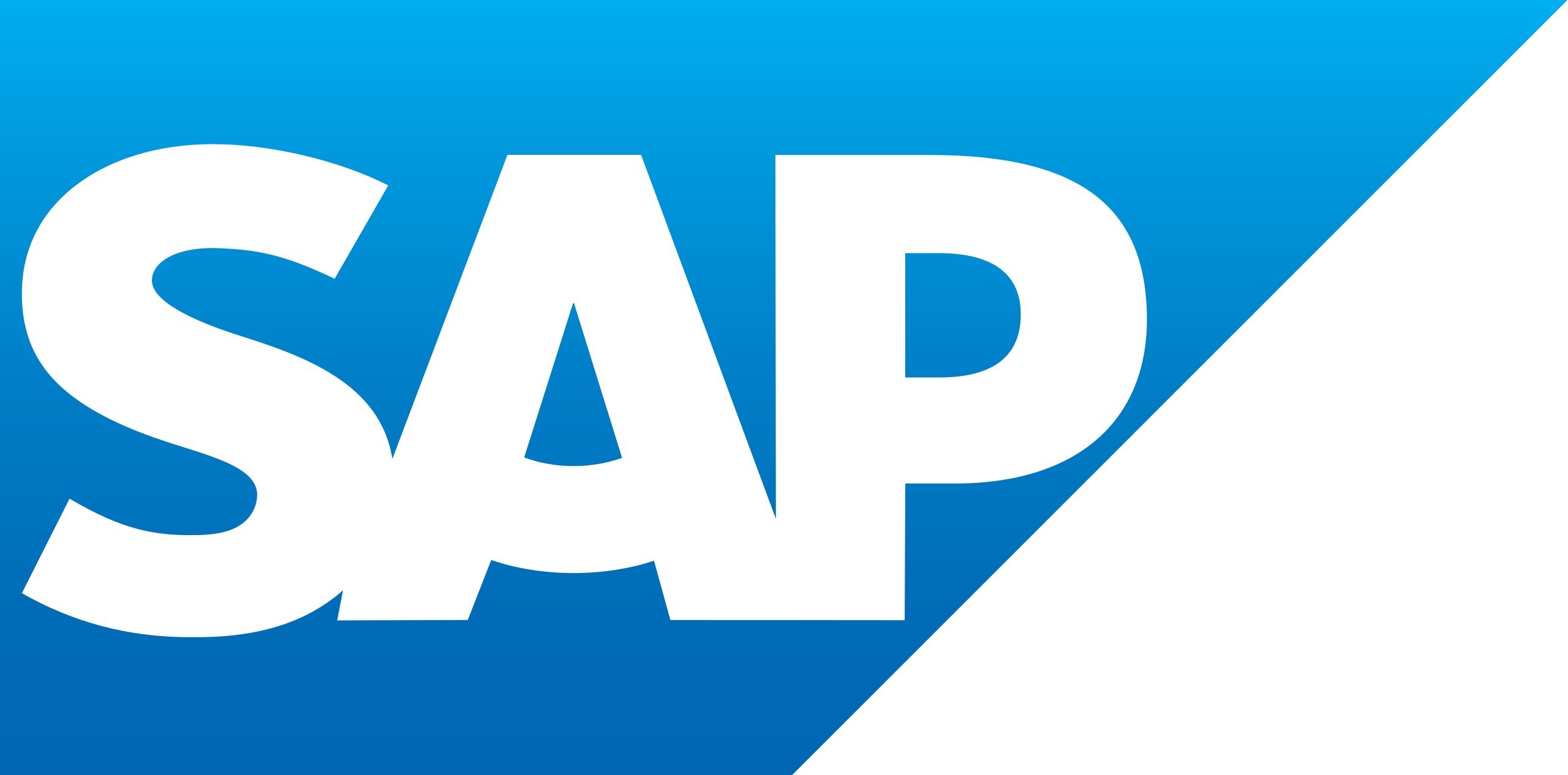
What is SAP Lumira ?
SAP Lumira enables customers to gain insights from trusted enterprise data sources and personal data, and to share those insights through interactive visualizations, stories and tailored analysis applications with other users, on desktop browsers and mobile devices.SAP Lumira provides connectivity to SAP enterprise data models in SAP BW, SAP HANA and SAP BusinessObjects universes (UNX) as well as to a wide variety of third party databases and file data for data acquisition, cleansing and manipulation. It also provides online connectivity with full support for SAP HANA and SAP BW.
SAP Lumira Discovery
SAP Lumira Discovery is the rich client for business key users who need a flexible tool to connect to data sources, acquire, manipulate and merge data, to work offline with data, to explore and analyze data online and to create stories with visualizations from all types of data in an ad-hoc fashion.
SAP Lumira Designer
SAP Lumira Designer is the rich client for professional analysis application designers (typically working in IT departments) to create corporate analysis applications and reports. Lumira Designer provides the same UI elements as Lumira Discovery and more, and allows full control of the application look and feel, and user interaction through scripting and corporate CSS style sheets. Lumira Designer also enables the creation of shared UI elements (e.g. headers, footers, toolbars) and the decomposition of complex applications into smaller, better manageable parts, which eventually enable cost-effective management of large corporate BI deployments.
SAP Lumira Server
SAP Lumira Server is installed on the SAP BusinessObjects BI platform and hosts the execution runtime of Lumira documents that are created from Lumira Discovery and Lumira Designer. Administrators manage and secure Lumira documents with standard tools and mechanisms of the BI platform. Business users can view Lumira documents from the BI Launchpad in desktop browsers or on mobile devices through SAP BusinessObjects Mobile. They can interact with data (filtering, sorting, ranking, for example), adapt visualizations, create and share personal views (bookmarks), export data and print Lumira documents.
Interoperability
All three deployment units share the same technology stack for data connectivity, UI elements, personalization and collaboration, enabling a coherent user experience and smooth interoperability between the Lumira deployment units.


.png)
